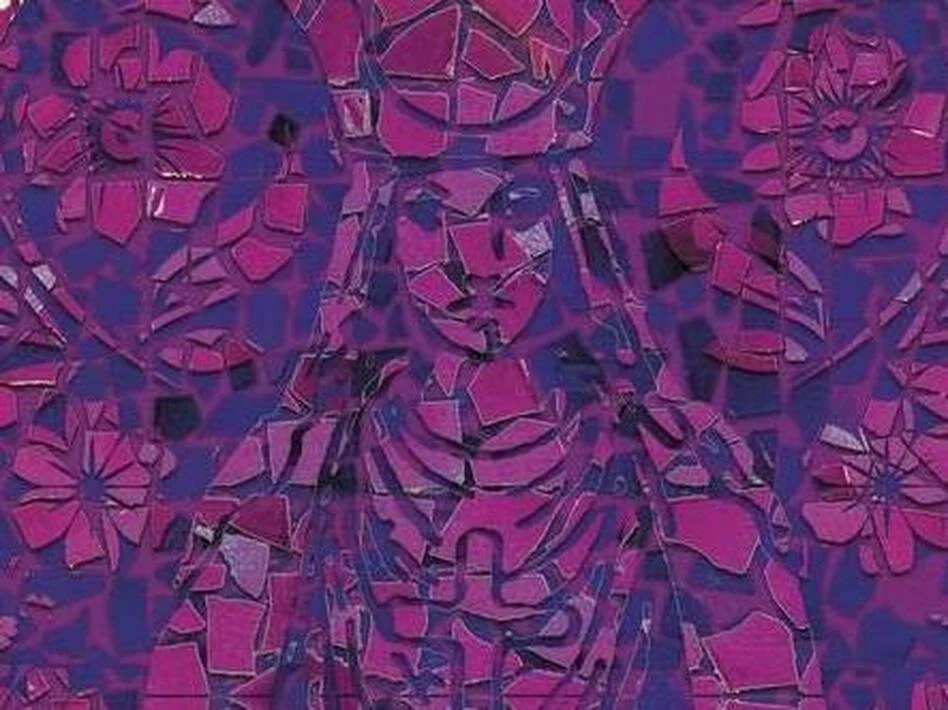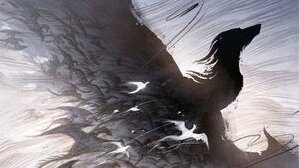An Ember in the Ashes came out in April 2015 and was an instant New York Times Bestseller.
It’s a dark book—really dark: An Ember in the Ashes has been described as living at the intersection of The Hunger Games and Game of Thrones. We begin by seeing our male protagonist, 20-year-old Elias, standing in formation with his battalion watching as a child is murdered in front of his peers for trying to escape from the ruthless Blackcliff military academy where they train.
Life for 17-year-old Laia, is no less brutal. She and her brother are impoverished members of a conquered culture flying below the empire’s radar since the death of their rebel parents. At least Laia thinks they are. In her opening scene, her brother entrusts her with the journal in which he's been making sketches of a forbidden technology. That evening, Martial Empire soldiers visit her home, kill her grandparents and imprison her brother. Laia runs.
And that is all in the first few pages. Right from the start, we understand that there is no safe place in this world. It is ruled by might-makes-right sadists, both in the Martial Empire and in the rebellion that challenges it. Trust and love are in short supply. And yet, hope drives the story: Laia is willing to do anything to save her brother while there is a chance he is still alive. Elias hopes for freedom from his brutal world, even as he shreds his own soul to escape it.
The most interesting parts of Ms. Tahir's book are the metaphors for constructed identities: In an environment of pervasive suspicion, characters put on false identities to demonstrate their compliance with expected norms.
For the cadets in the Blackcliff military academy, this identity is literally a mask. As a mark of rank, the senior cadets receive a silver mask. The more they wear the mask, the more it adheres to them, burrowing into their skin with parasitic filaments. The mask influences the thoughts and actions of the one who wears it. Eventually the mask becomes who they are, and it cannot be removed.
Laia takes on a double layer of false identities. She agrees to become a rebel spy disguised as a slave in Blackcliff academy. She provides information to the rebels in an attempt to earn a prison break for her brother. In Blackcliff she meets an older woman who may have once been a rebel, but who has worn the collar of a slave so long she has become one.
This idea of becoming the mask you wear pervades the narrative. The Martial Empire treats non-compliance of any kind as subversive—every instance of nonconformity is a life-or-death risk—so the pressure to conform to an unjust social order is extreme. And yet Ms. Tahir never lets her characters off the hook; none of them are allowed the excuse of "But I had no choice!" Making a high-stakes choice is still treated as an authentic choice at every point in the story. Each character has multiple opportunities to choose an easier path, to conform and live a lie until it becomes their truth. Both protagonists choose alternate paths whose ending is usually death but, with enough luck and quick wits could end in an uncertain, undefined freedom.
The external pressures applied by the Martial Empire to control identities have the feeling of a lid clamped down on a pressure cooker. Older forces flicker across the background, jinn and ifrits, mythic creatures from Islamic legends. Lies believed are lies nonetheless, and the pressure of truth denied is unrelenting.
Ms. Tahir’s writing is timely. The violent forces exerted on non-conforming individuals around the globe appear daily in the press. The spark for Ms. Tahir's story came from her reporting on Kashmiri incarcerations and the complex lives of child soldiers as an editor at The Washington Post. Even in such desperate circumstances, she found that hope continues to exist. The persistence of hope informs both her writing and her view of YA literature, as she described in an interview at BookCon2016:
“There is so much hope in YA literature. You absolutely recognize the darkness of the world, the terrible and troublesome things that happen—and the hilarious and difficult things that happen. But I do feel like YA offers a lot of hope for its readers whether they are adult or young it doesn’t really matter. Hope is the magnet that draws you to it.”
In An Ember in the Ashes, the world is dark and the stakes are overwhelmingly high. And there is hope.
A Torch Against the Night, the sequel to An Ember in the Ashes, comes out on Aug 30, 2016. I can’t wait.












In this final novel of The Daevabad Trilogy, Ali, Nahri, and Dara are morally challenged beyond endurance by the rise of death magic in their beloved kingdom. How they respond changes everything.